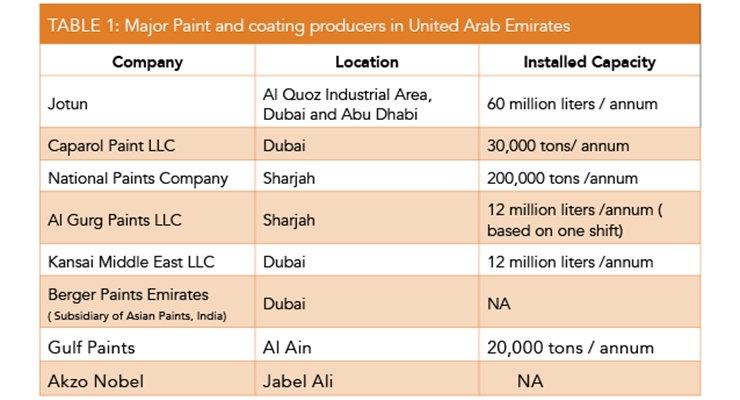How Weather Conditions Can Influence Your Outside Painting Project
How Weather Conditions Can Influence Your Outside Painting Project
Blog Article
Authored By-Greenwood Dowling
Recognizing just how climate condition can influence the outcome of an outside paint venture is extremely important for accomplishing a remarkable finish. From temperature level fluctuations changing paint adhesion to moisture levels influencing drying times, each element of climate plays a substantial function in the success of your job. Furthermore, wind rate and precipitation can present unexpected challenges that might endanger the quality of the result. As we navigate through the subtleties of climate's impact on outside painting, it comes to be obvious that careful preparation and critical timing are critical for ensuring a professional and long lasting outcome.
Ideal Temperature Array for Painting
When considering outside paint projects, the ideal temperature level range plays a critical function in attaining optimal results. Paint in the ideal temperature conditions ensures that the paint sticks appropriately to the surface, dries out evenly, and treatments effectively. Generally, the recommended temperature level variety for external paint is between 50 to 85 degrees Fahrenheit.
Painting in temperatures below 50 levels Fahrenheit can result in problems such as bad paint attachment, prolonged drying out times, and an enhanced probability of splitting or peeling.
On the other hand, painting in temperatures above 85 levels Fahrenheit can trigger the paint to dry as well swiftly, causing blistering, gurgling, and an irregular coating.
To attain please click the next website , it is essential to inspect the weather report before starting an external painting project. Ideally, objective to repaint throughout moderate climate condition with modest temperatures and low moisture levels.
Results of Moisture on Paint Drying
Moisture degrees substantially influence the drying out process of paint applied to exterior surface areas. Cost Of Whole House Interior Painting can lengthen the drying time of paint, resulting in potential concerns such as trickling, streaking, or even the development of bubbles on the painted surface area. Excess moisture in the air slows down the evaporation of water from the paint, hindering the healing procedure. This is especially troublesome for water-based paints, as they count on evaporation for drying out.
On the other hand, reduced humidity degrees can additionally impact paint drying. Very completely dry conditions might trigger the paint to dry as well swiftly, resulting in inadequate adhesion and a rough surface. In such instances, including a paint conditioner or splashing a fine haze of water in the air can help manage humidity levels and improve the paint outcome.
To make certain ideal drying conditions, it is a good idea to paint when the humidity degrees range between 40% and 50%.
Tracking humidity degrees and taking suitable actions can aid attain a smooth and long lasting paint surface on outside surface areas.
Wind and Rainfall Considerations
Wind rate and rainfall are critical aspects that significantly impact the success of an exterior paint project.
When it pertains to wind, both speed and direction are important factors to consider. High wind speeds can trigger paint to dry as well swiftly, causing a poor completed with potential concerns like breaking or unequal structure. In addition, wind can carry particles that might follow the damp paint, leading to flaws. Therefore, painters must intend to deal with days with light to moderate winds for optimum painting problems.
On the other hand, rainfall, whether rainfall or snow, can be exceptionally harmful to the result of an outside paint task. Moisture from precipitation can prevent paint adhesion, causing peeling and bubbling over time. It is critical to avoid painting during wet or snowy weather to make certain the longevity and quality of the paint work. Painters need to likewise permit adequate time for the surface area to completely dry completely after any precipitation prior to starting or returning to the paint procedure.
Conclusion
Finally, weather conditions play a considerable function in the outcome of an external paint task. The perfect temperature level array, moisture degrees, wind rate, and precipitation all add to the success or failing of the paint task.
Commercial Interior Painting Companies is necessary to think about these elements and plan appropriately to ensure correct paint bond, drying out times, and general high quality of the ended up item.
